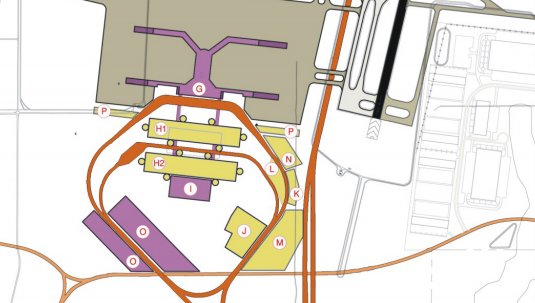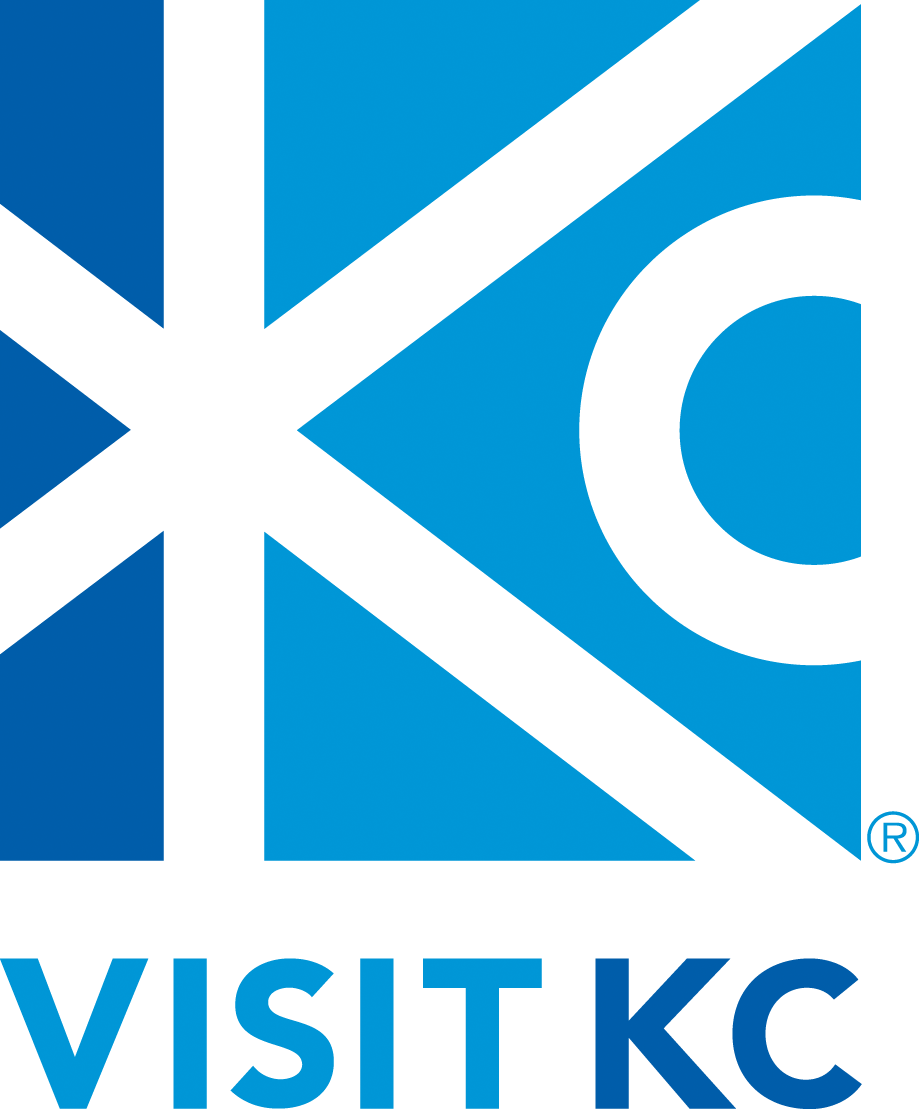While most of the recent conversation concerning Kansas City International Airport has focused on the question of who’s paying for what, the question of what is actually needed has yet to be decided. Moreover, Landrum & Brown, the expert consultants who the Aviation Department paid millions of dollars to help answer this question, has sent conflicting data.
In the 2009 KCI Master Plan Study, L&B looked at KCI’s projected needs through 2030. They recommended that a new 59-gate terminal be built starting in 2016, with the idea that it could be expanded to 93 gates in 2030. Yes, 59 gates, expanding to 93.
Of course, our current three terminal arrangement has over 60 gates available now.
Just 4 years later in 2013, the single-terminal that was proposed had only 37 gates. In fairness, future traffic growth projections had been lowered although not proportionately to the drop in recommended gates.
However, current growth is exceeding those projections and might even be exceeding the original projections. In 2009, L&B projected 2.8% annual enplanement growth. In 2015, their growth projection was trimmed back to 1.9%. But just this week, the Aviation Department reported that 2017 traffic was up nearly 6% YTD.
So why is the terminal now being discussed from Burns & McDonnell even smaller than the 2013 proposal? Why does it have only 35 gates if current growth is exceeding that projected when they recommended 59 gates? Why are we spending 2.5 billion dollars over 30 years to downsize from what we already have?
Somewhere in all the conflicting data and recommendations du jour is reality. Doesn’t it make sense to first agree on what is really needed before worrying about how we pay for it?






The arguments I’ve seen is that the airlines don’t need more gates, they want to make better use of the gates they have because for every additional gate, they have to pay more rent. Supposedly the average gate use at KCI is less than 5 turns per day while Dallas is nearly 10 times per day.
The other argument they’ve used is the gates are too close together and the larger planes can’t both move at the same time. Never mind the holding spaces at KCI aren’t large enough to accommodate passengers for the larger planes.
Additionally, there’s been considerable airline consolidation so there’s not nearly the number of airlines there used to be.
One driver is that airlines are going to bigger planes so gates can serve more passengers thus not needing as many gates. The FAA does the flight projections for airports.
Thanks for your comment!
KCI was originally designed for the larger planes but I understand your point. However, the FAA does not do the flight projections. The airport hires a consultant who collects projections from the airlines and makes an overall projection.
My point in the post was that KCI’s consultant in 2009 projected 2.8% growth and called for a new 59 gate terminal. 4 years later, the same consultant revised the growth rate to 1.9% and shrunk the terminal to 37 gates. Now it’s 35 gates but our growth rate in 2017 is 5.9% on top of 5.4% last year and 2.9% the year before that.
Given the crazy variations in these numbers, it seems that we need to revisit what we really need before agreeing to build something we might outgrow long before we can borrow more money to expand it.
Appears the city will entertain other bids: http://www.bizjournals.com/kansascity/news/2017/05/30/kansas-city-will-solicit-bids-for-airport.html
It’s for the same reason that every nail salon in America gives you your first set of acrylic nails free. Because (unlike me who doesn’t have them) nobody stops with one set. That’s just to get you addicted for life.
Come to think about it, drug dealers do the same thing. First hit of heroin or meth is free. You’ll.Be.Back.
Once Burns and Mac and Sly James ram thru Terminal 1 for 35 gates, they’ve set a precedent. The rest is just expansion on an already approved business model.
My assumption is the death of smaller regional jets ( therefore you have less frequent flights because you can eliminate 3RJ flights with one 737.)and airline consolidation. A lot of the growth comes from larger aircraft.
I don’t think that math works. The number of flights would decrease but the number of passengers would not. The passenger numbers are what is going up as are the number of flights. (Yes in larger planes.) But this is a fairly recent trend. In 2013 we were still seeing increasing use of RJs and there was talk that because of this, RJs might make use of New Century if landing fees went too high at KCI.
Yea, it is interesting. Curious what the logic is. I.E Portland Int’l Airport serves 16 million passengers per year and they have 60 gates. New Orleans has 44 gates and they are very similar in size to KC.